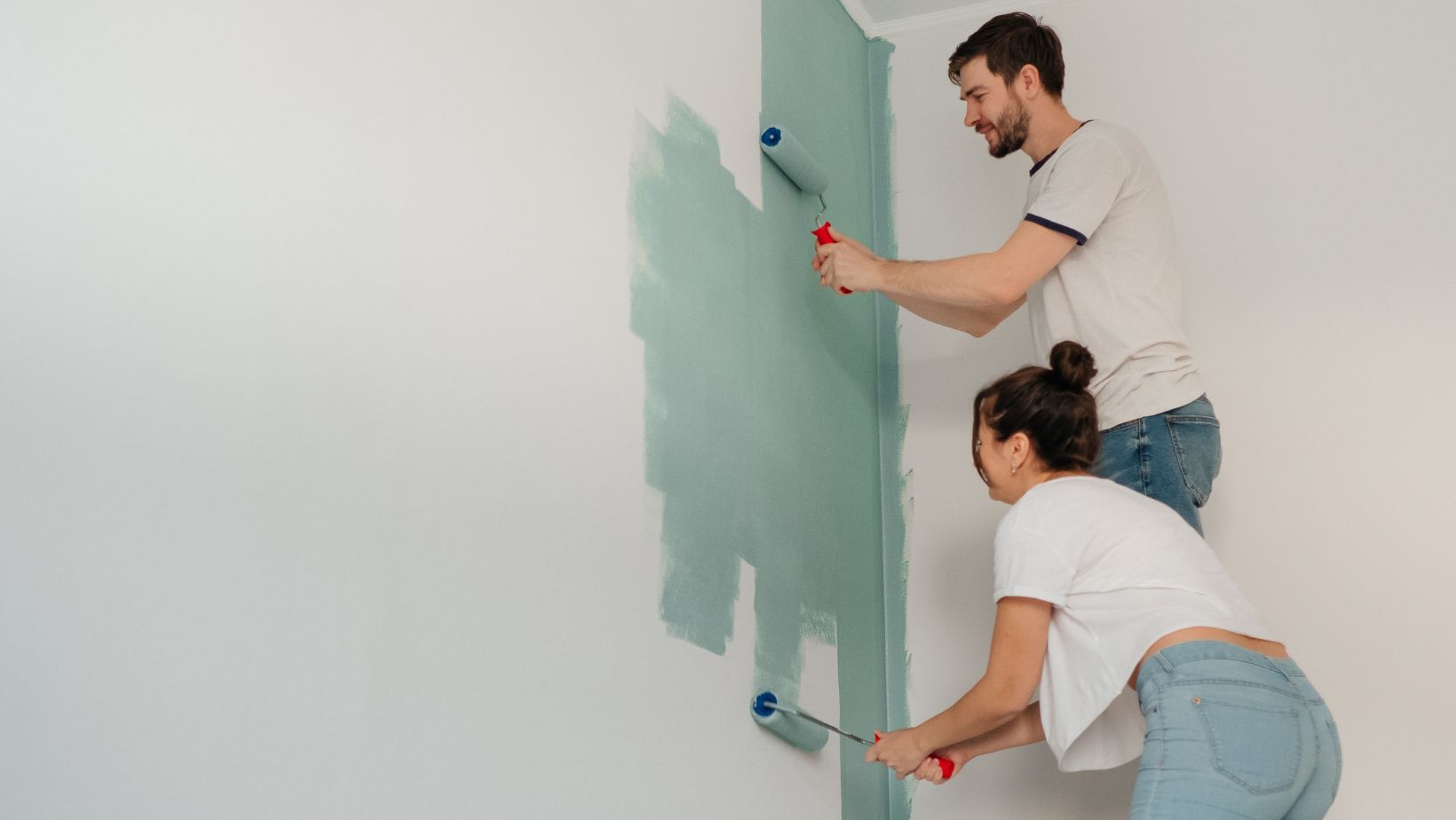DIY is a great hobby as you get a home that is truly yours out of it – however, it can get time-consuming, and before you know it, the motivation is gone, and a project is only half-done.
Like any hobby, there will be a period of initial motivation, and then things will simmer, but ideally, your hobby will become a regular part of your life.
With DIY, it can be a bit trickier to do this as your project has a definitive ‘endpoint’, and there will be a bit of downtime in between DIY projects, notes the Liberty Real Estate Services team.
However, DIY isn’t unique in that sense. Think about crafts and hobbies like Legos; some projects can take far longer than expected!
So, to keep the momentum going and to keep the passion intact, here are some top tips to get DIY work done in a timely manner that won’t exhaust you.
Slow Is Fast – Don’t Rush
First of all, set realistic goals.
It’s good to set yourself a deadline, even if it’s weeks or months away.
This will help you strike the balance of having a tangible end goal without having to rush, fall behind, and lose motivation.
Estimate timeframes, add a bit of additional time to factor in learning – after all, safety is key – and set an optimistic end date.

Set a realistic and pessimistic end date as well so that if you miss any earlier deadlines, you can still meet overall timeframe goals.
Stock Up Beforehand
If you’re eager to start a project, it can be easy to start ripping carpets and wall plugs out of a room straight away, but hold off until you are fully stocked.
Let’s say you are about a quarter ways through a project and then find out that something that you need is going to be a three-month wait – that stops momentum dead.
Go to your local builders & timber merchants and get the waiting over and done with before your project even begins, and then you will be able to carry out the work with no mid-project delays.
It also lets you set a reasonable timeframe as you’ll know of any delivery delays from the get-go, meaning your project won’t take months longer than expected, which can be quite demoralizing.
Write Down Your Plan
If you have a plan in place it makes the process so much easier. While you will no doubt find a guide online that can walk you through the process step-by-step, it’s best to use that as part of a bigger project plan.
The best way to go about this is by making a big checklist that you can cross off as you go, which includes not only the information in the guide but stocking requirements and timeframes, too.

As you cross off steps on the list, you’ll be able to make measurable progress, which feels a lot more rewarding than ‘What step was I on again?’ and ‘Do I have this tool to hand?’
Time Slots And Tea Breaks
Hobbies that are carried out in clubs or groups often have time slots.
If you quickly burn out, why not set aside dedicated time to do DIY work, whether that is Tuesday evenings, Saturday mornings, or some other time? It allows you to know when you’ll be doing DIY, and you won’t burn out as you might if you try to finish a project using any available free time.
While you might end up working less time during a week, the progress you make during your DIY time will be better as you’ll be more motivated and focused.
Similarly, if you are doing a multi-hour DIY session, schedule breaks so that you can take a quick breather and appreciate the work done so far.
Finally, Get Involved With The Community
DIY can feel like a lonely hobby, but it doesn’t have to be! There are lots of ways to engage with the community, from online forums to the content that we put out and even DIY-focused YouTubers.
Get involved with local groups and share your passion with others. Don’t forget to show off your work on social media, such as Pinterest.


More Stories
3479980831: Unveiling the Mystique of Number Sequences
HomeRocketRealty.com: Revolutionizing the Real Estate Experience
Boosting Property Value with Level 2 Electrician NSW: How I Ensured My Home Is Safe and Reliable